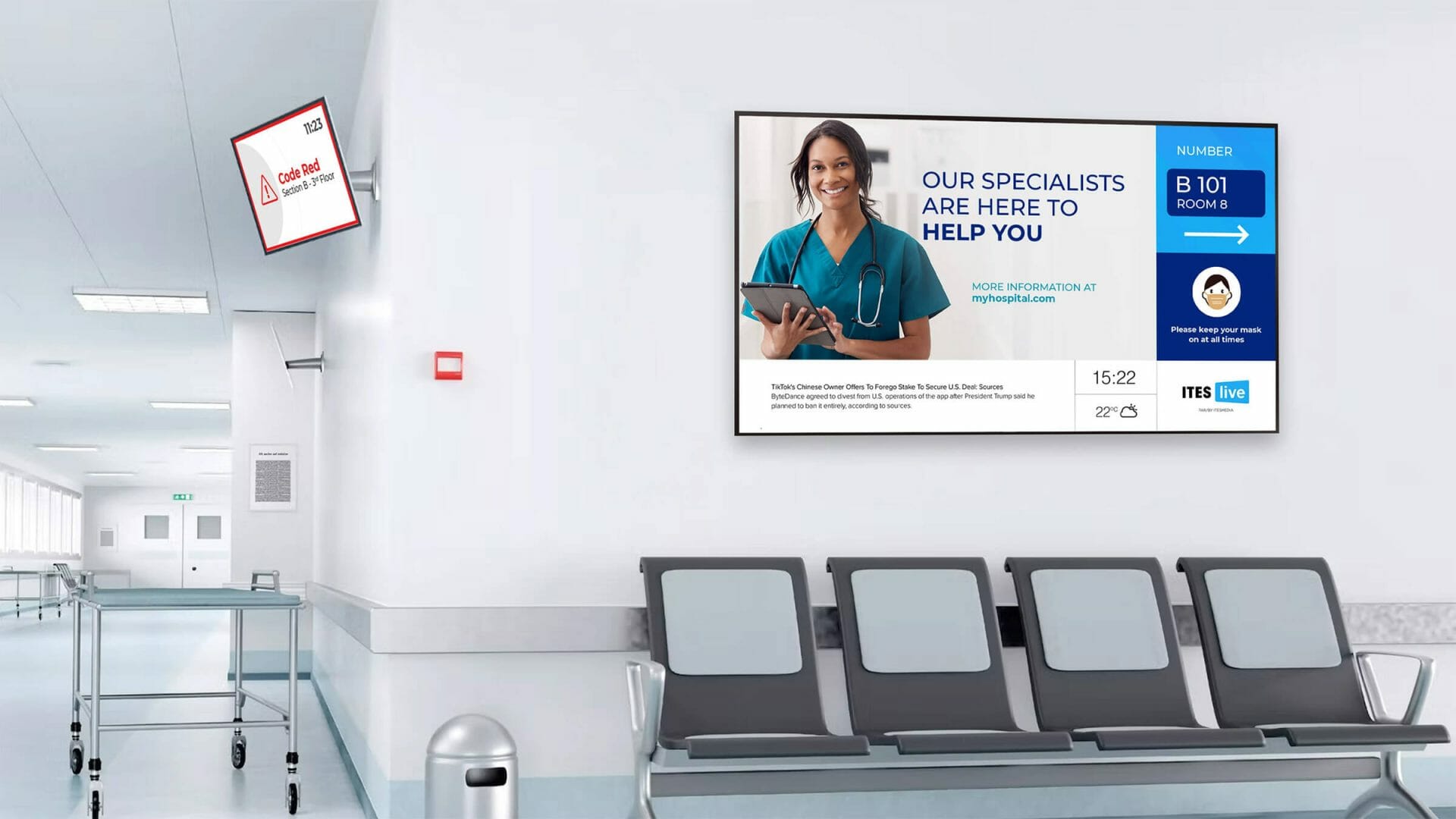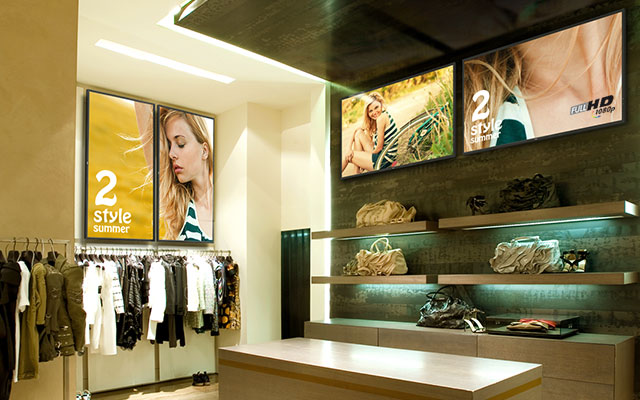Application of displays in industry
Whether in industries exposed to harsh and potentially “dirty” conditions (e.g., fuel and energy sectors, metallurgy, mining, refineries, steel mills, transportation manufacturing, and other machinery) or “clean” industries (e.g., food production, cosmetics, pharmaceuticals, laundry), common challenges include pollution (e.g., dust), flooding risks (not limited to water), extreme temperature variations, and various mechanical disturbances, such as vibrations and oscillations. Despite these conditions, the adoption of electronic devices, including screen modules, is increasing in these industries. To withstand the demanding environments, these devices require components with exceptional specifications, which must then be properly protected through enclosures with appropriate sealing levels.
A wide range of data visualization technologies is utilized across industries, and TFT LCD displays are often favored for their durability and performance in extreme conditions. Unlike OLED, which utilizes independent light-emitting diodes for each pixel, TFT LCD screens use backlighting but can be optimized with features such as anti-fingerprint coatings and water-resistant touch functionalities. This makes them ideal for harsh environments where consistent display performance is crucial. Furthermore, TFT LCDs operate efficiently in a wide temperature range, typically from -20°C to 70°C, allowing them to perform reliably in both high and low-temperature settings.
To protect display modules from external contaminants like dust or water, a proper sealing mechanism is implemented. The display is then housed in an enclosure with a specified level of protection, defined by the IP (Ingress Protection) rating. For example, enclosures with an IP69 rating provide complete protection against both dust and water, ensuring safe and reliable operation even under high-pressure water jets and extreme conditions. This high level of protection is essential for applications in industries such as food processing, where hygiene and durability are of utmost importance.
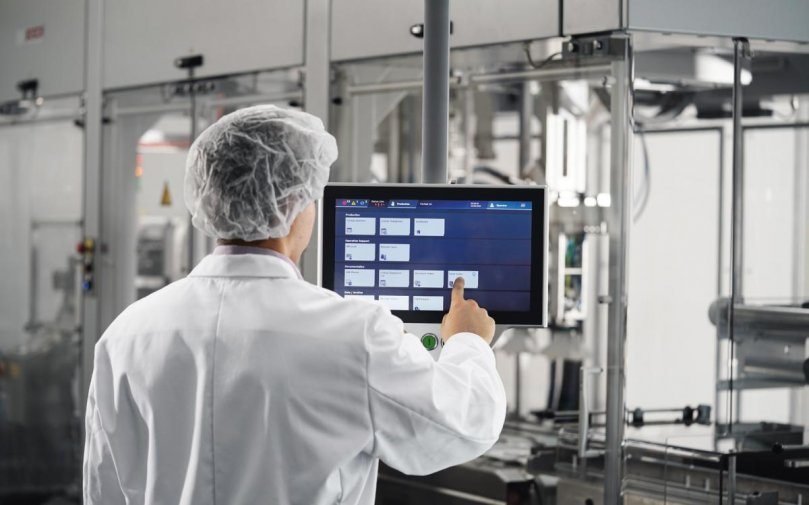
Touch screens in industry
In industrial applications, tactile solutions are increasingly prevalent, facilitated by advanced touch sensor calibration. Unisystem’s engineers fine-tune these sensors to ensure reliable performance under various conditions, including the use of latex/nitrile or rubber gloves, the presence of water, oil, or grease on the screen surface, and other challenging environments. Moreover, device designs incorporating buttons or knobs can still leverage touch functionality. The protective or decorative glass applied to touch sensors is highly customizable, allowing for specific shapes and cutouts to accommodate necessary mechanical components.
Displays for HMI control panels
Over time, the design of control panels has evolved from traditional configurations featuring buttons, switches, dials, or meters to modern interfaces dominated by screens, many of which incorporate touch functionality.
In these contemporary control panels, LCD-TFT displays are commonly utilized, with sizes typically ranging from 5 to 10 inches diagonally. To ensure optimal readability, especially in brightly lit environments, selecting models with brightness levels of at least 750 cd/m² is advisable; for areas with intense illumination, displays offering up to 1,000 cd/m² are preferable. Full viewing angles are also a valuable feature, as they allow users to view content clearly from various positions. Additionally, for applications requiring operation in extreme temperature conditions, choosing displays with wide operating temperature ranges—such as -20°C to 70°C—is essential to maintain performance and reliability.
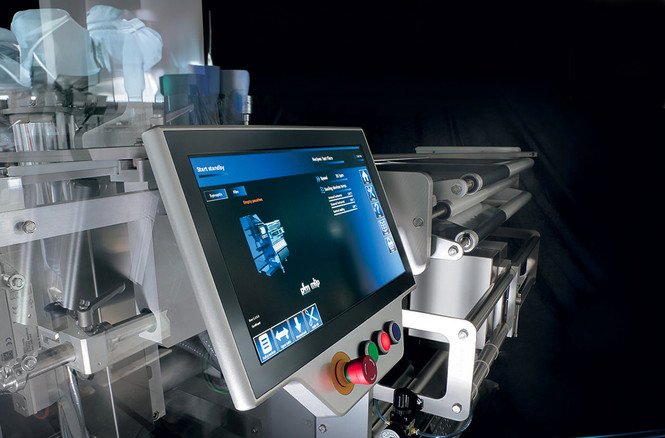
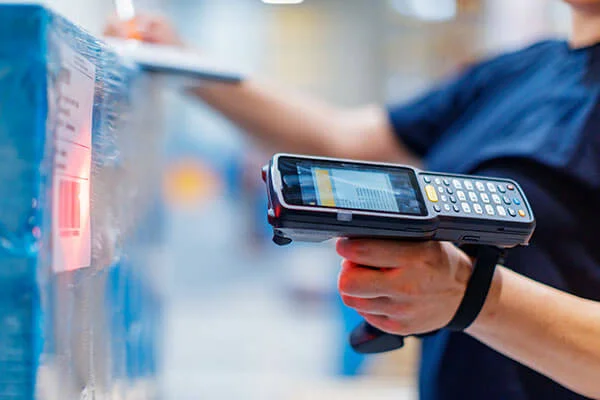
Displays for portable measuring devices
In portable measuring devices, the clarity and accuracy of displayed measurements are paramount. TFT LCD displays are commonly utilized in such applications due to their high resolution, vibrant colors, and rapid response times.
Manufacturers like Crystalfontz offer a variety of TFT display modules suitable for handheld instruments, communication devices, and test equipment. These displays enhance user interaction through complex images and intuitive interfaces.
To ensure optimal readability in diverse lighting conditions, selecting displays with high brightness levels is essential. Some models offer brightness up to 1,000 cd/m², ensuring clear visibility even in brightly lit environments.
Additionally, full viewing angles are crucial for users accessing data from various positions, particularly in challenging measurement scenarios. Displays with wide operating temperature ranges, such as -30°C to 80/85°C, ensure reliable performance across different environments.
In summary, choosing the appropriate TFT LCD display for portable measuring devices involves considering factors like brightness, temperature tolerance, and viewing angles to meet specific application requirements.




